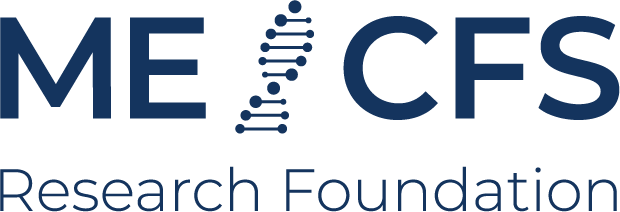The pandemic and ME/CFS: What have we learned? Where have we made progress?
Prof (MD) Carmen Scheibenbogen, Charité – Universitätsmedizin Berlin, Germany

By clicking the preview image, the video will be loaded from YouTube. Personal data may be transmitted to YouTube. Read more in our privacy policy.
Prof Carmen Scheibenbogen, in a historical review, demonstrated that ME/CFS has received and continues to receive insufficient attention in terms of research funding and patient care. However, the COVID-19 pandemic has led to increased media coverage and research funding. Post-acute infectious syndromes (PAIS) such as long COVID or ME/CFS, the most severe form, share many symptomatic similarities (e.g. fatigue and Post-Exertional Malaise (PEM)). Approximately 10–20% of those affected by long COVID meet the Canadian Consensus Criteria (CCC) for ME/CFS. The pathomechanisms of ME/CFS and Long COVID, too, share many similarities. In ME/CFS, there is clear evidence for autoimmune processes, persistent inflammatory reactions, vascular dysfunction with hypoperfusion, and muscular mitochondrial disease with associated muscular damage. Prof Scheibenbogen emphasised the role of therapeutic approaches that focus on autoimmunity and, for example, reduce the presence of autoantibodies in the blood. It is believed that the prevalence of ME/CFS in the population has doubled to 0.6% since the pandemic. The societal costs of ME/CFS and Long COVID in Germany are estimated at €63.1 billion annually. Hence there is a great need for further therapeutic studies, the development of medications with the involvement of the pharmaceutical industry, and the expansion of currently inadequate care structures.
